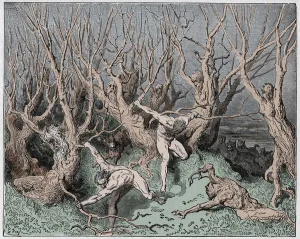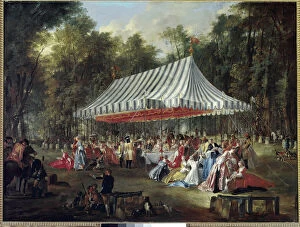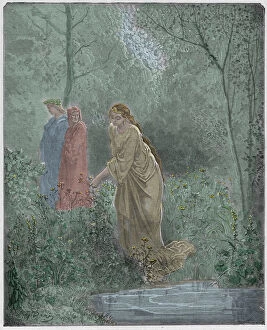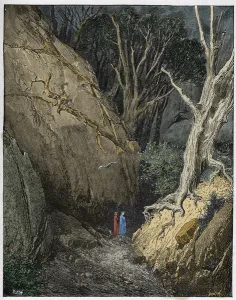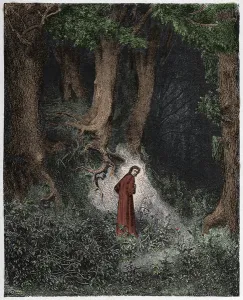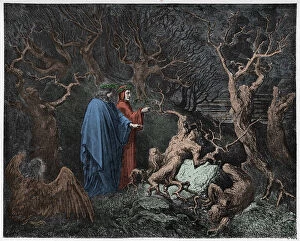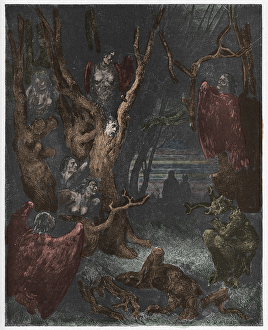Foresta Collection
"Foresta: A Journey Through Art, Nature, and Myth" Step into the enchanting world of Foresta
All Professionally Made to Order for Quick Shipping
"Foresta: A Journey Through Art, Nature, and Myth" Step into the enchanting world of Foresta, where art and nature intertwine to create a captivating tapestry of emotions. In "Banquet in the Park, " an oil on canvas masterpiece from 1766, we witness a joyous gathering amidst lush greenery, celebrating life's bounties. In Purgatorio, Canto 5, Dante engages in a poignant conversation with Pia de Tolomei. Their encounter reveals the depths of human longing and the power of connection even within purgatorial realms. Meanwhile, in Canto 27, Dantes dreams transport him to a meadow where he encounters Leah—a symbol of hope and transformation. As Dante reaches his journey's climax in Purgatorio, Canto 33, he quenches his thirst from the River Eunoe—an act that signifies purification and rebirth. This momentous event is beautifully illustrated in vivid detail. Venturing beyond spiritual realms into earthly landscapes brings us to Brazil's forests—where rubber harvesting unfolds like a dance between man and nature. The symbiotic relationship between humans and their environment comes alive as they gather this precious resource. Descending into Inferno's depths through Canto 1 with Virgil as our guide unveils Dante's harrowing experiences within savage woods. The accompanying illustration captures both his vulnerability and determination as he embarks on this treacherous journey. Inferno continues its haunting narrative with Canto 13—the forest becomes refuge for those who have chosen suicide over life itself. Their tormented souls flee through these darkened woods while encountering eerie entities such as Harpies—a chilling reminder of their eternal suffering. Purgatorio offers respite amidst its trials; Canto 29 introduces us to the majestic procession of twenty-four elders—an apocalyptic spectacle that evokes awe-inspiring reverence for divine forces at play.

